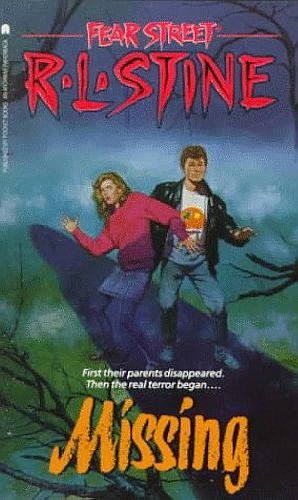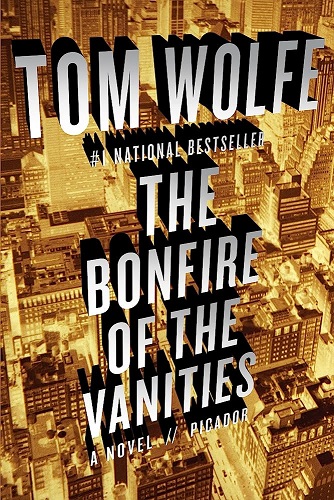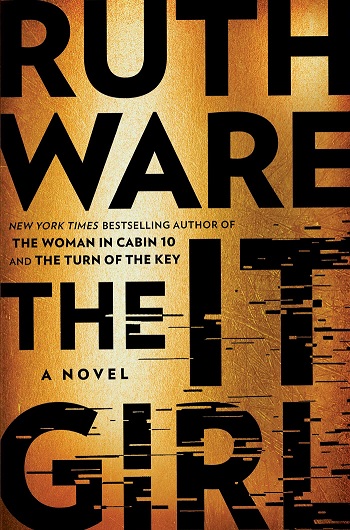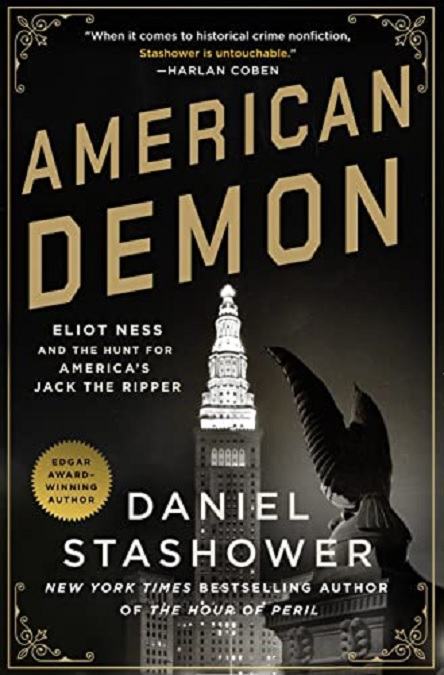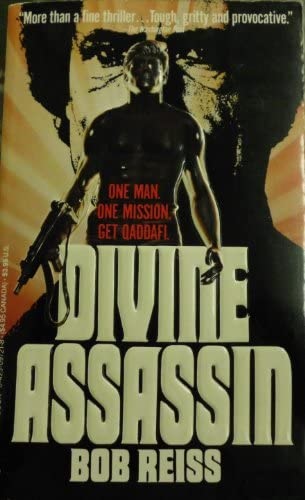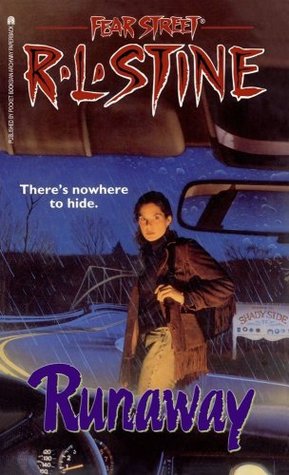First published in 1990, Missing tells the story of Mark and Cara Burroughs. They’re siblings who have just moved to the town of Shadyside. Along with their parents and their cousin Roger, they live in a house located on Fear Street. Even though they are new students, they’re already popular enough that Mark is dating Gena and everyone from school shows up to party at their house while their parents are gone for the night.
Now, there’s a lot of negative things that you can say about the town of Shadyside and Fear Street in general. I mean, it’s kind of a violent town. How many homicidal maniacs have lived in Shadyside? Over the years, how many students at Shadyside High have either been murdered or seriously injured? But, it should be noted that Shadyside High is notably welcoming to new students. I know that, when I was in high school, the new transfer students were always initially viewed with suspicion. That was especially true if they were from any other place than Texas. (Since my family moved around a lot when I was a kid, I knew far too well what it was like to be the new kid at school so I always tried to be nice to everyone, even if they were from up north.) At Shadyside High, though, new students can go from moving into new home to throwing a huge party in just a matter of weeks.
Anyway, this party comes to an end when a cop shows up, not to complain about the noise but just to ask if Mark and Cara know anything about a nearby burglary. After all of their guests leave, Mark and Cara realize that their parents have yet to come home. What has happened to their parents and how is it connected to Roger, Gena, and a strange monkey statue? And why is a mysterious van parked outside the house? And what’s happening in Fear Street Woods!? That’s a lot of questions and fortunately, Mark and Cara decide to solve the case themselves as opposed to going to the police. (It should be noted that the phones at the house are all dead and, since this book was published in 1990, Mark and Cara are dependent on their landline. The 90s were a difficult time.)
Missing was the fourth of R.L. Stine’s Fear Street novels and it’s fast-paced with a lot of enjoyably silly melodrama. This is one of those books where no one is who they originally claim to be, including the parents. One could argue that all of the plot contrivances don’t hold together under close scrutiny but Stine keeps the plot moving so quickly and fills the book with so many weird moments that it really doesn’t matter. The book is full of cliffhangers and Stine wisely doesn’t let things like realism get in the way of resolving those cliffhangers. By the time a major supporting character shows up, from out of nowhere, with a gun in order to save the heroic siblings, I was giggling with joy. Seriously, does every resident of Shadyside just happen to have a weapon just casually lying around the house?
